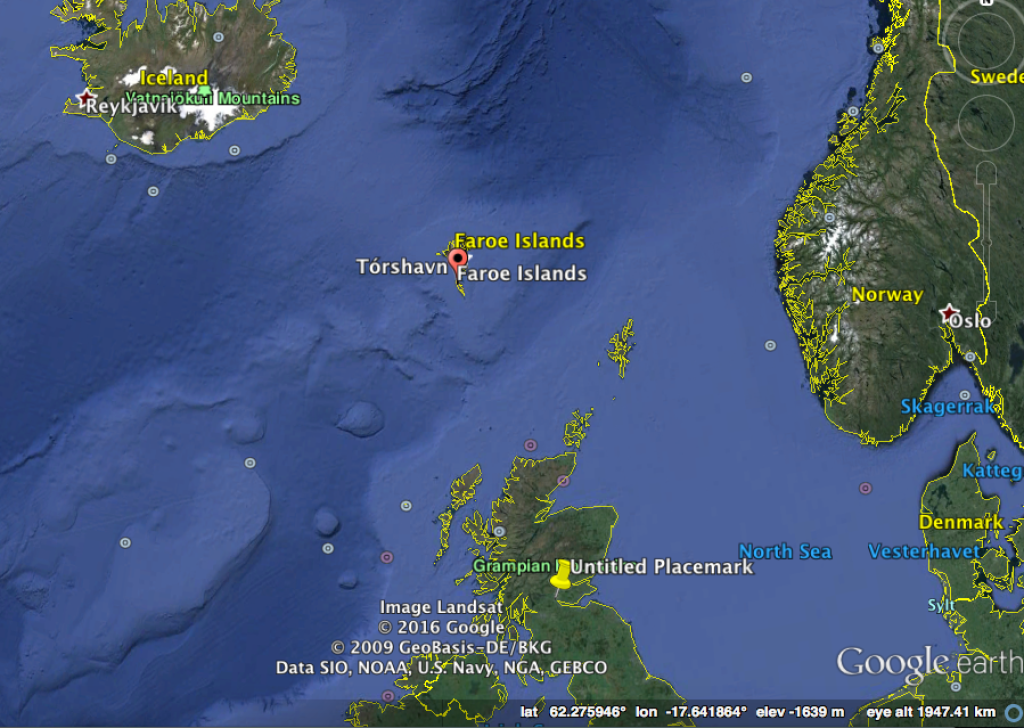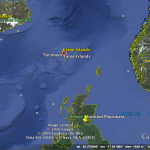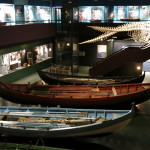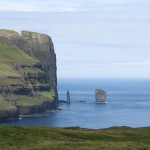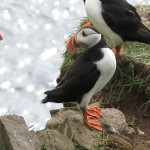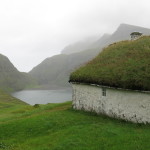The expedition to the Aleutian archipelago is part of a larger research programme to understand how monkeyflowers have spread around the world. The pages below are the records of a collecting trip in 2013 to another set of remote islands: The Faroes.
The account of our trip to the Faroes is divided in seven pages. Go to the end of each page to find a link to the next one, or navigate using the side menu.
Click here to download a Google Earth file of the trip.
The Faroe Islands
The Faroe Islands may be known for their many varieties of sheep, superb salmon, stunning and rainy landscapes, and controversial pilot whale hunts. But what draw me to these isolated islands in the North Sea was their unusual monkeflowers.
I first spotted monkeyflowers in the Faroes through a picture in Flickr showing orange-coloured monkeyflowers growing near the sea. The picture was taken as a landscape shot, so there was no information of what species could it be. I first thought these could be the copper monkey flower, Mimulus cupreus, a species native to the Chilean Andes, and which has not become naturalised outside its native range. But perhaps more likely this could be a hybrid between M. cupreus and the common yellow monkeyflower M. guttatus. This hybrid, although rare, has become naturalised in the British Isles. Either way, the cupreus-looking plants seemed out of place in the Faroes, so close to the sea, instead of high up in the Andean mountains or in a Scottish burn.
Finding out the identity of this mysterious orange-coloured monkeyflowers could only be settled by going to the Faroes to see them up close. And so, after securing funding for a field trip, we began planning an expedition to these rain- and wind-swept islands. For this trip I convinced a recently arrived Lecturer at Stirling, Nils Bunnefeld, to come join me. Nils is not a botanist, he studies conservation and conflicts between human exploitation and nature preservation, but he has a flare for travelling, and decided to go and see for himself what were these plants that I was going on and on about.
The trip began on 7 August 2013. The Faroe Islands are located in the North Atlantic, roughly at the centre of a triangle made of Scotland, Norway and Iceland, at a latitude of about 62 degrees North (see map). But to get there from our home in Stirling, Scotland, we had to fly from Edinburgh to London, and spend the night in an airport hotel, to catch a morning flight that would take us to the Islands.
